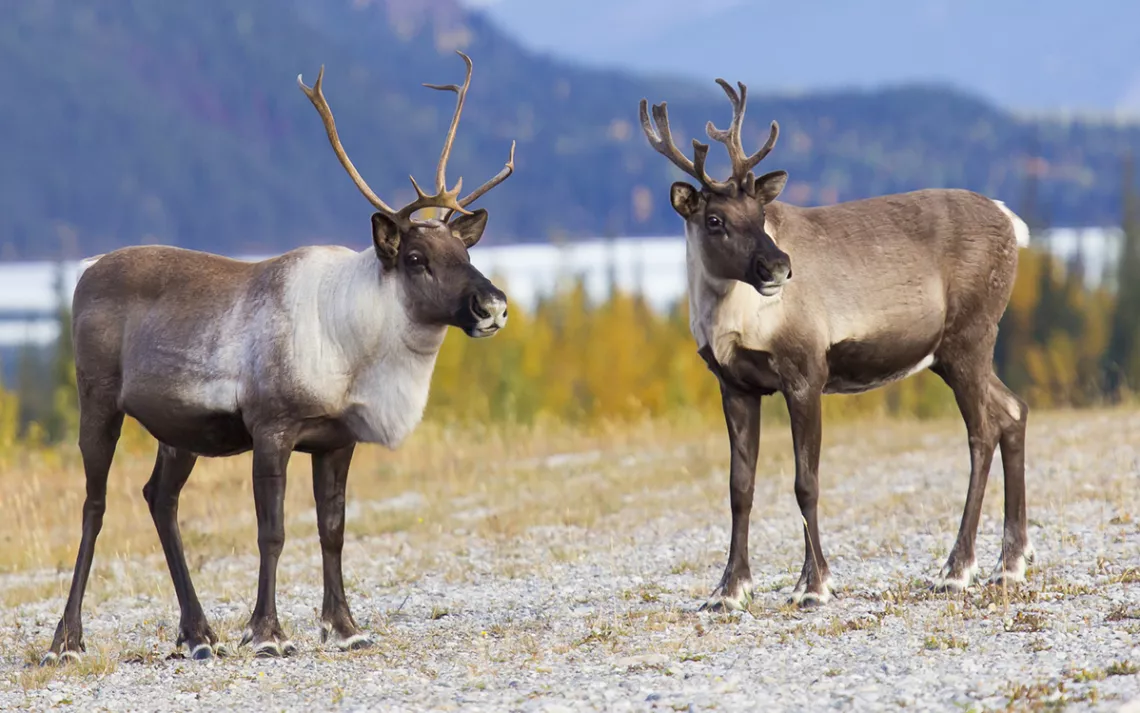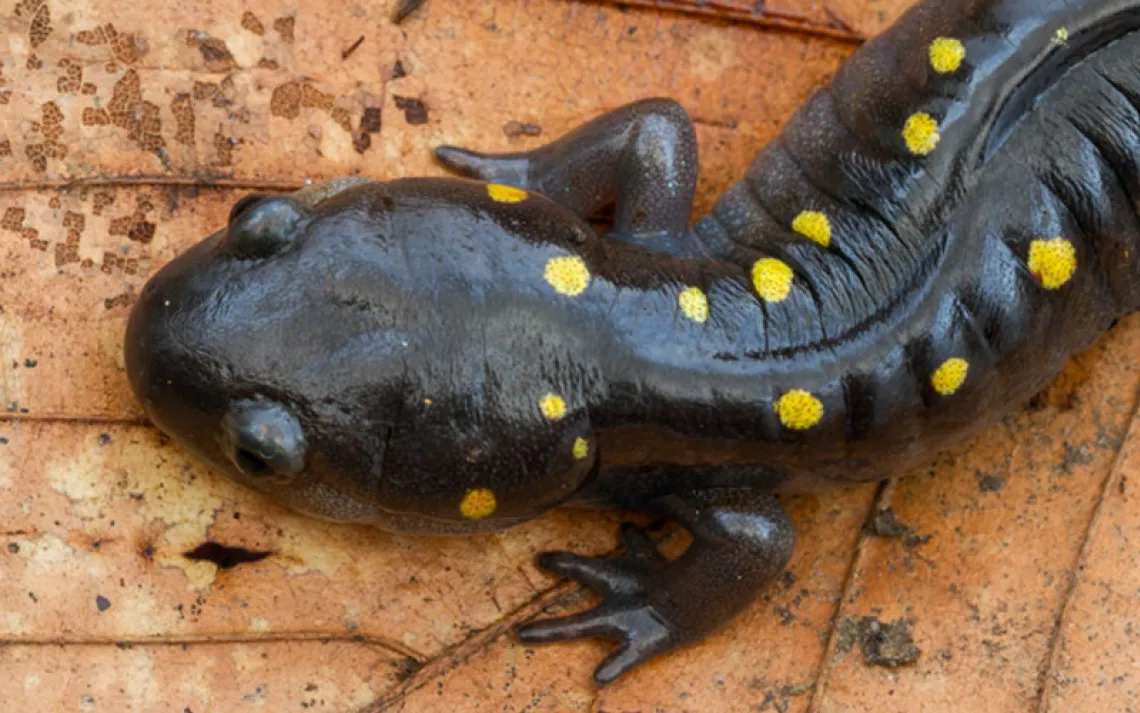What Makes a Caribou Anxious?
A new study offers surprising insights into caribou stress

Photo by iStock | Richard Seeley
You can’t ask a caribou how it’s feeling, or what its self-care routine is like, but the truth comes out in the fur. As hair grows, stress hormones like cortisol get bound up in it and provide clues to what kind of environmental changes a caribou can just brush off and which are a serious downer.
Researchers from the University of Manitoba and Manitoba Sustainable Development, a provincial government agency, used hair samples collected from 89 female caribou from five populations along the eastern side of Lake Winnipeg. With a little statistical wizardry, the researchers tested how much a long list of factors—the abundance of lakes, the proportion of different tree species, the presence of roads and electrical transmission lines—explained the variation in cortisol levels between different caribou populations. Out of all these factors, one was more closely linked to stressed-out caribou than any other: logging. The more area logged in a population’s home range, the more cortisol had accumulated.
If you’re a caribou, the drawbacks to logging are obvious: It breaks up habitat and leaves gaps in the forest that expose you to predators and limit your space to roam. But wildfire can also do these things. And surprisingly, caribou living in areas that had lost tree cover due to fire instead of logging had much lower levels of cortisol in their fur, even if those areas had lost more trees. “Cortisol was not related to the amount of burned area in their home range,” says James Roth, an associate professor at the University of Manitoba, who led the study. “There’s a difference between the response to the natural disturbance and the anthropogenic disturbance; the one that they have lived with over evolutionary history versus the one that’s relatively recent.”
Studies with humans and lab animals have shown that chronic stress has impacts on health, reproduction, and survival. With wildlife, the effects are less well-known. Everyone involved with the caribou study emphasizes that more work is needed to figure out what their results mean for the lives of Manitoba’s caribou.
“Our results are interesting, but they’re only a small part of the whole story,” says Michelle Ewacha, who worked on the study as a graduate student. “There needs to be a lot more research into how other factors affect cortisol and, more importantly, how cortisol affects caribou fitness.”
Also important to remember, says Roth, is that stress isn’t all bad. It’s a good thing if you’re faced with an immediate threat. It metabolizes your energy reserves so you can respond. It’s only when stress becomes constant, or chronic, that energy reserves are depleted and bodies struggle to keep up.
Currently, caribou are listed as threatened in Manitoba, due to several factors, including logging and mining, and Roth believes this could be a way to study the health of specific populations. “This actually might be a nice monitoring tool,” says Roth. “If you can collect tissue samples noninvasively and document how animals are responding physiologically to things in their environment, potentially before you have an effect on survival and reproduction, that might provide an indication that you need to start paying a little bit closer attention to one particular population or another.”
Eventually, it could also help justify stronger habitat protections. We can’t teach caribou yoga. We can, however, protect the large tracts of mature forest on which they rely, and give them room to breathe.
 The Magazine of The Sierra Club
The Magazine of The Sierra Club



